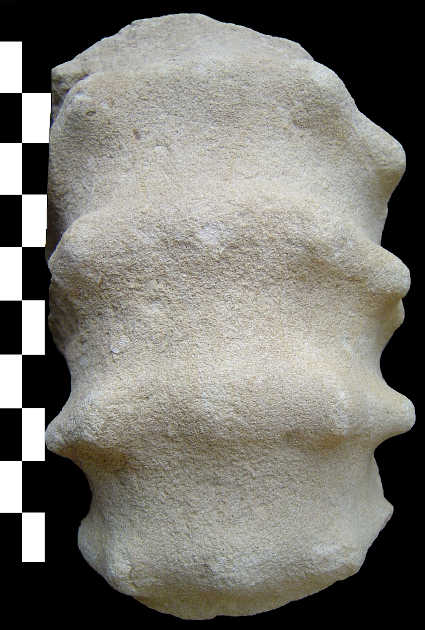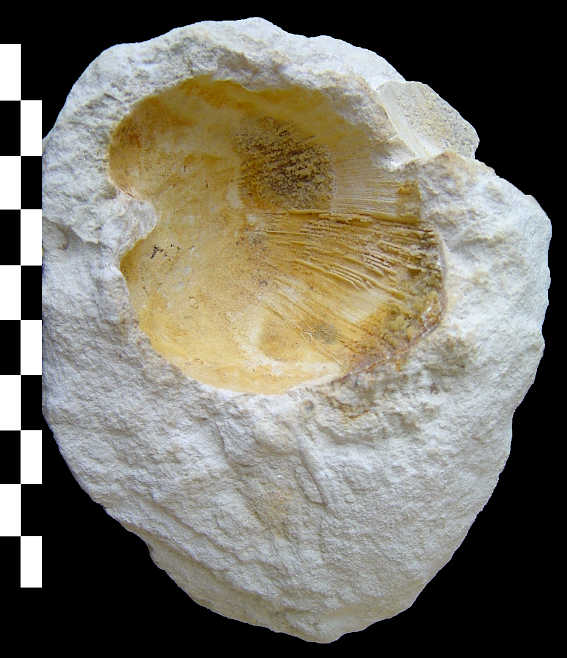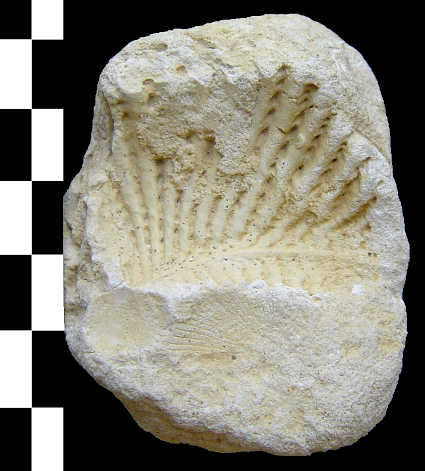

| 4500 MY | 540 MY | 250 MY | 65 MY | ||||||
| Eras | Precambrian | Paleozoic (primary era) | Mesozoic (secondary era) | Cenozoic (tertiary + quaternary eras) | |||||
| Periods | Triassic | Jurassic | Cretaceous | ||||||
| Epochs | lower Cretaceous | upper Cretaceous | |||||||
| 96 MY | 92 MY | 88 MY | |||||||
| Stages | Cenomanian | Turonian | Senonian | ||||||


 |  | |
| Yellow tuffeau with moulds of bivalves ( Cytherea) - Origin: Lussault-sur-Loire | Fragment of internal mould of ammonite in yellow tuffeau- origin: unknown |

| <<< IN CENOMANIAN | IN SENONIAN >>> |